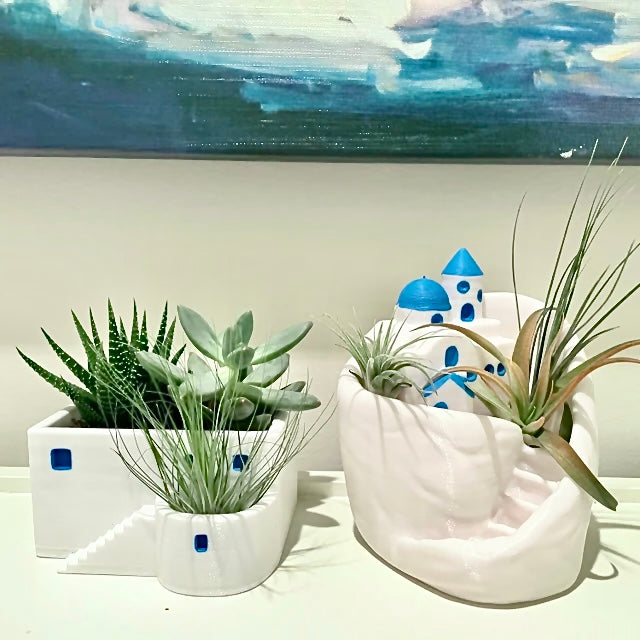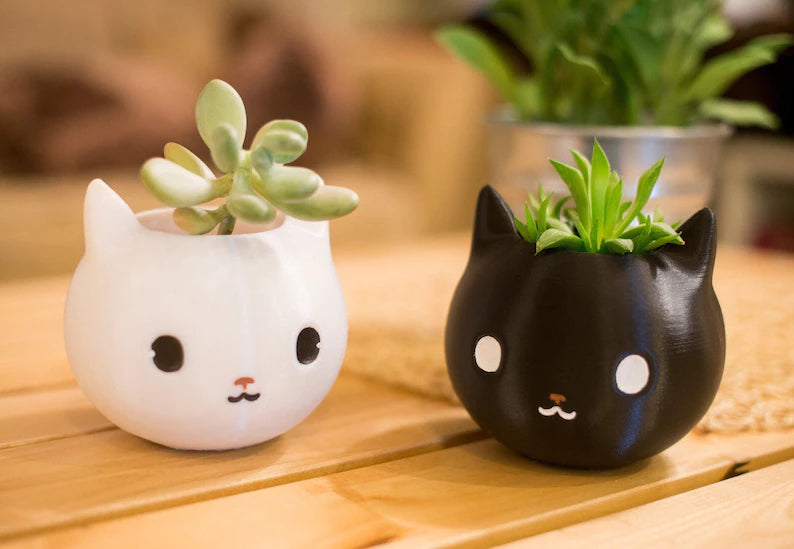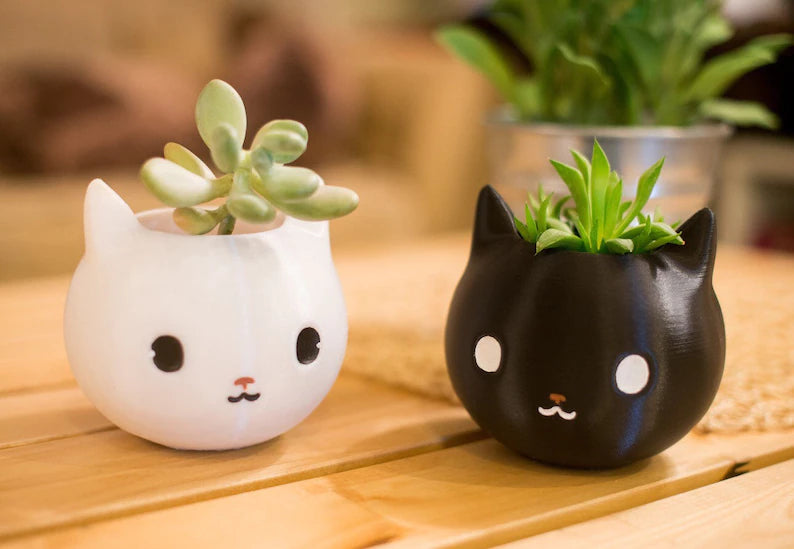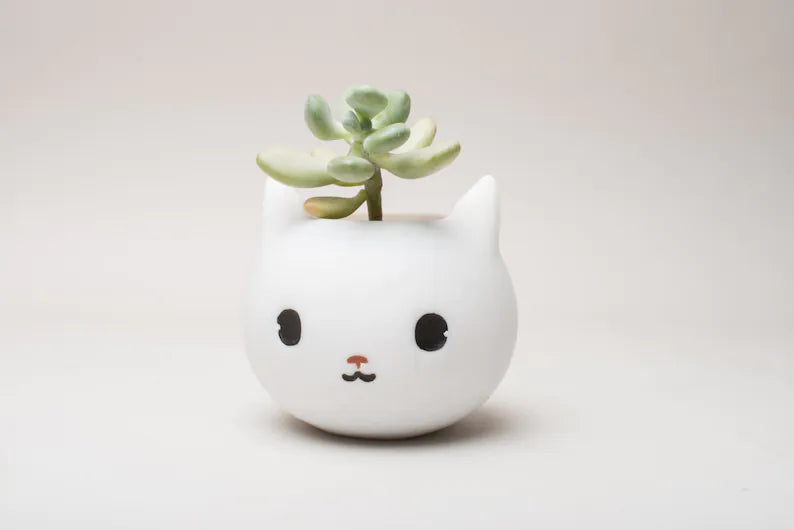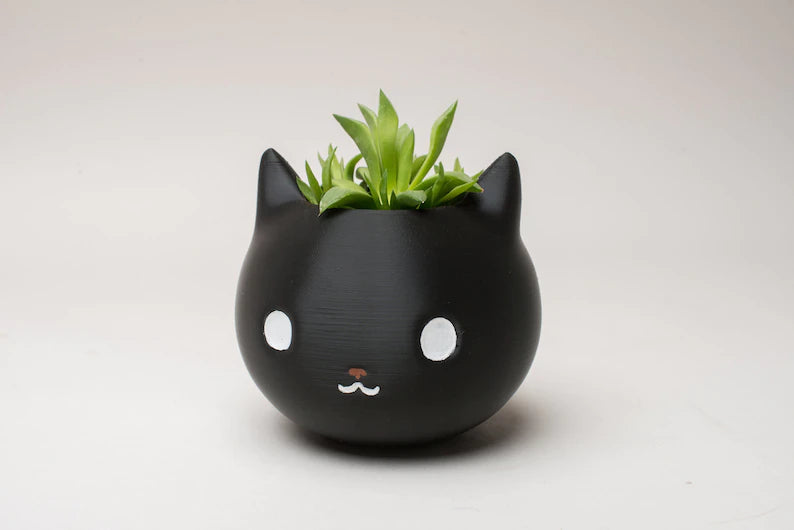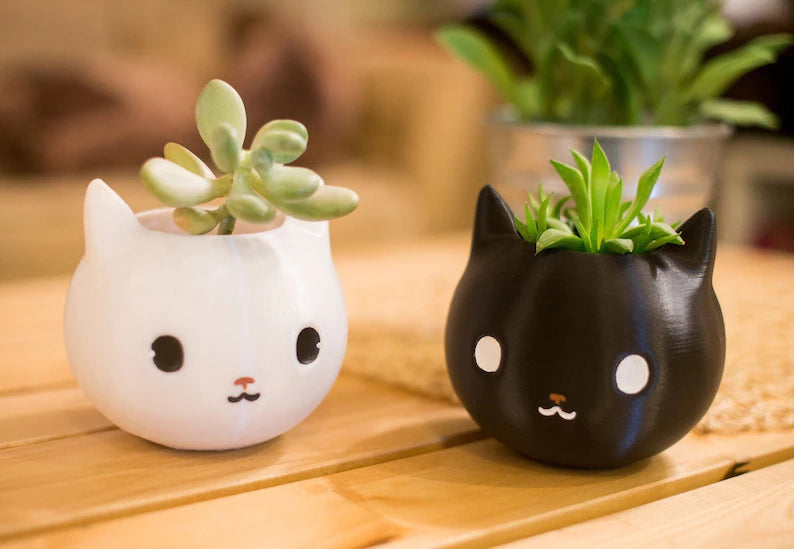Air plants, also known as Tillandsia, are unique because they don't require soil to grow. Air plant leaves have adapted to absorb moisture and nutrients from the air. They are epiphytic plant that grows by attaching themselves to trees in the natural.
To cultivate air plants successfully, the key aspects are proper ventilation, adequate sunlight, and appropriate misting.
1. Light: Air plants need bright, indirect light. They do well in natural filtered light or artificial light sources, like fluorescent lighting.
2. Watering: Mist your air plant with water 2-3 times a week or soak it in room-temperature water for about 20-30 minutes every 1-2 weeks. If you are using tap water, just make sure that you leave it out overnight to bring down some of the chlorine levels in the water. When you take the air plant out, shake off excess water to prevent rot and leave it in a sunny spot with good air circulation for 2-3 hours. If you can see trichomes(the little fuzz all over the plant) on the leaves of your air plant. That means your air plant is dry, you can put it back to the planter.
Air plants have relatively high requirements for environmental ventilation because they rely on tiny scales on their leaves to absorb water and nutrients. If water droplets persist on the leaves for an extended period after spraying, it can easily lead to rot.
Many friends caring for air plants often encounter issues such as leaf and core rot or even the entire plant wilting. This is usually caused by poor ventilation or improper watering. With good ventilation, after supplementing water to air plants, the moisture can evaporate quickly, promoting their robust growth.
If the temperature drops in winter, the frequency of spraying water should be reduced because the temperature decreases. However, if indoors with heating, the watering frequency needs to be increased since heated environments tend to be drier.
3. Air circulation: Air plants need good air circulation to prevent rot. After watering, make sure they dry completely within a few hours. You need to put them upside down until it dry out
4. Temperature: Air plants prefer temperatures between 50-90°F (10-32°C). Avoid extreme cold or heat.
To help air plants thrive, they require adequate diffused light daily and are sensitive to intense sunlight. Air plants are best suited for windowsills facing east, where they receive gentle, scattered light for 3-5 hours. This ensures their robust growth and proper development of flowers. If exposed to excessively strong light, their leaves may get sunburned, leaving unsightly spots.
5. Fertilization: You can feed your air plant with a diluted air plant fertilizer once a month during the growing season (usually spring to early fall).
7. Pruning: Trim any dead or dried-up leaves to maintain the health and appearance of your air plant.
By following these guidelines, you can enjoy healthy and thriving air plants as unique and low-maintenance decorative pieces.
The Gift of Multiplication
One of the most interesting aspects of air plants is their ability to multiply by producing “babies” or miniature versions of the parent plant. These air plant babies not only contribute to the overall cuteness factor but also offer the opportunity to expand your air plant collection with fun.
